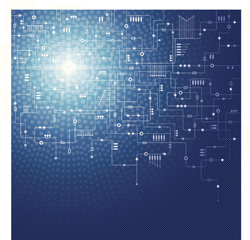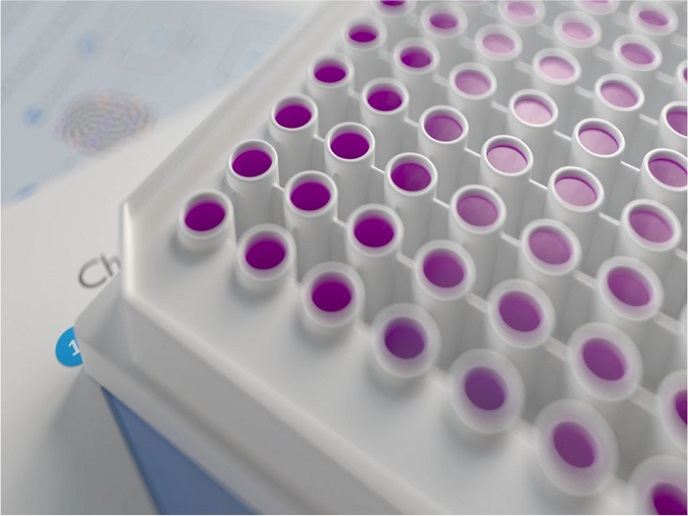Optimising dielectric wetting properties
Electrowetting on dielectric (EWOD) concerns the modification of the wetting properties of a dielectric material with an applied electric field. Lately, the control of aqueous droplets on dielectric insulating materials has become a hot topic of investigation. Electrowetting offers a number of exciting applications for designing new types of electrical display devices, auto-focus liquid lens for mobile phones and video-speed smart paper. It is also possible to modify surface-tension properties and transport, divide, merge and mix droplets on a lab-on-a-chip system.The 'Electrowetting dynamics' (EWETDYNAM) project focused on improving thin-film materials used in electrowetting by considering price, stability and functionality. Research has shown that tantalum pentoxide is a thin-film material combining a high dielectric constant with high breakdown strength and low pinhole density. Tantalum pentoxide is an ideal thin insulation layer for EWOD as it allows electrowetting to take place at very low voltages.Part of the research focused on optimising anodising of tantalum. Here, tantalum serves as an anode in an electrolytic solution. Low current begins to flow to a platinum cathode till the thickness of the tantalum pentoxide layer increases and the anodising voltage reached its maximum. Tantalum pentoxide was characterised using impedance spectroscopy, atomic force microscopy and ellipsometry.To manipulate small volumes of fluid using electrowetting, voltages between 5 and 10 V were applied. Besides measuring the contact angle and diameter for deposited droplets of water and oil, researchers also studied the contact angle change of fluids. It was found that contact angle increases with applied voltage up until contact angle saturation. Layer thickness varies with the applied voltage, and the dielectric layer becomes electrically conductive for applied voltages greater than one third of anodising voltage. A decrease is also observed when modulation frequency increases.By studying the effects of many parameters in tantalum pentoxide, EWETDYNAM managed to better manipulate droplets through electrowetting.







